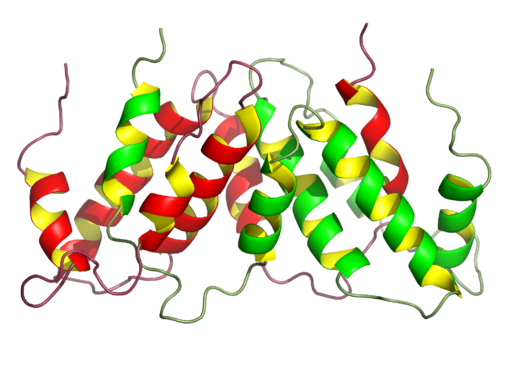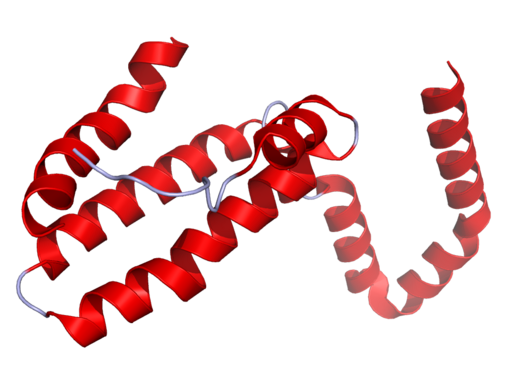A promising new joint study by Purdue University and the National Institutes of Health (NIH) suggests that active metabolites of vitamin D are linked to reducing lung inflammation after SARS-COV2 infection. And no, before you break out your vitamin D pills, the vitamins inside your capsules are quite different from the active metabolites studied. Because of this, these researchers are warning those infected with COVID-19 against taking excessive supplements of vitamin D in hopes of reducing lung inflammation.
The researchers identified an autocrine loop involving vitamin D which allows T-helper (Type 1) cells to activate and respond to the active metabolites of Vitamin D which represses the signaling protein, Interferon Gamma. Distinguishing features of Interferon Gamma is the central role it plays in promoting inflammation.
Although interferon gamma sounds wildly unrecognizable at first, we have actually learned about these proteins more broadly in our AP Biology class. Interferon Gamma is actually a type of cytokine! Regarding this cytokine’s structure, the proteins that compose interferon gamma are dimerized (sounds familiar? This is because we have also previously learned about dimerization through the tyrosine kinase receptor pathway in class!).
Along with the suppression of Interferon Gamma, Interleukin 10, a cytokine with potent anti-inflammatory properties, is amplified. This is significant because this cytokine prevents damage to the host and maintains normal tissue homeostasis by reducing inflammation.
In the near future, these pathways could be exploited therapeutically to accelerate the shutdown program of hyper-inflammatory lung cells in patients with severe SARS-CoV-2 infections. But for now, before vitamin D is adopted to treat COVID-19, clinical trials are still needed. However, research findings like these are critical to creating effective treatment not just for those infected with SARS-CoV-2, but also other respiratory diseases as well.
What do you think about this new discovery? Do you think this could lead to scientific progress regarding the treatment of inflammation?




Leave a Reply